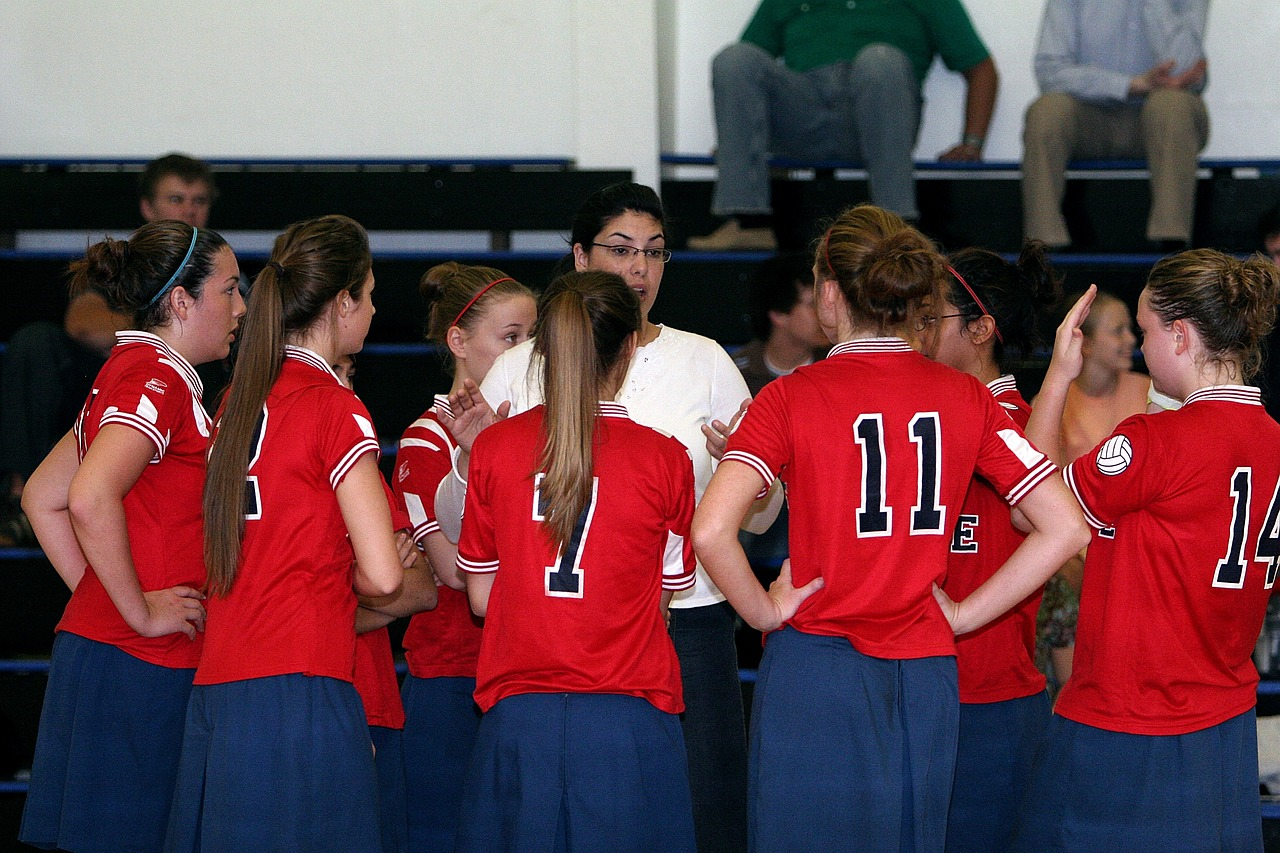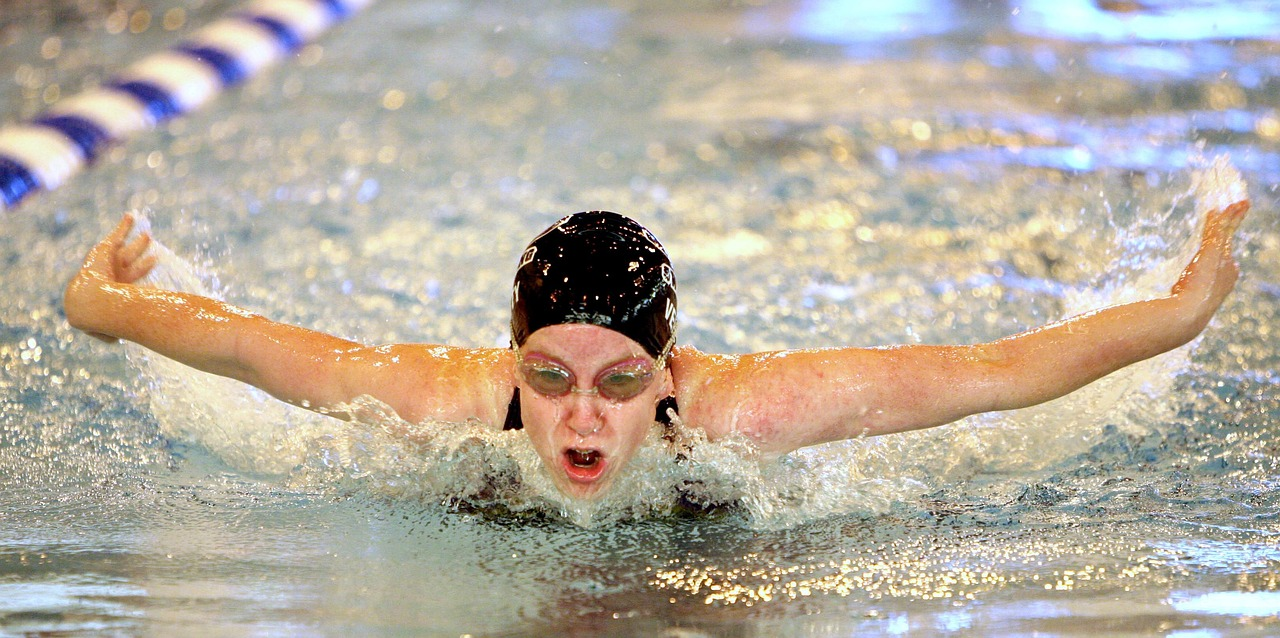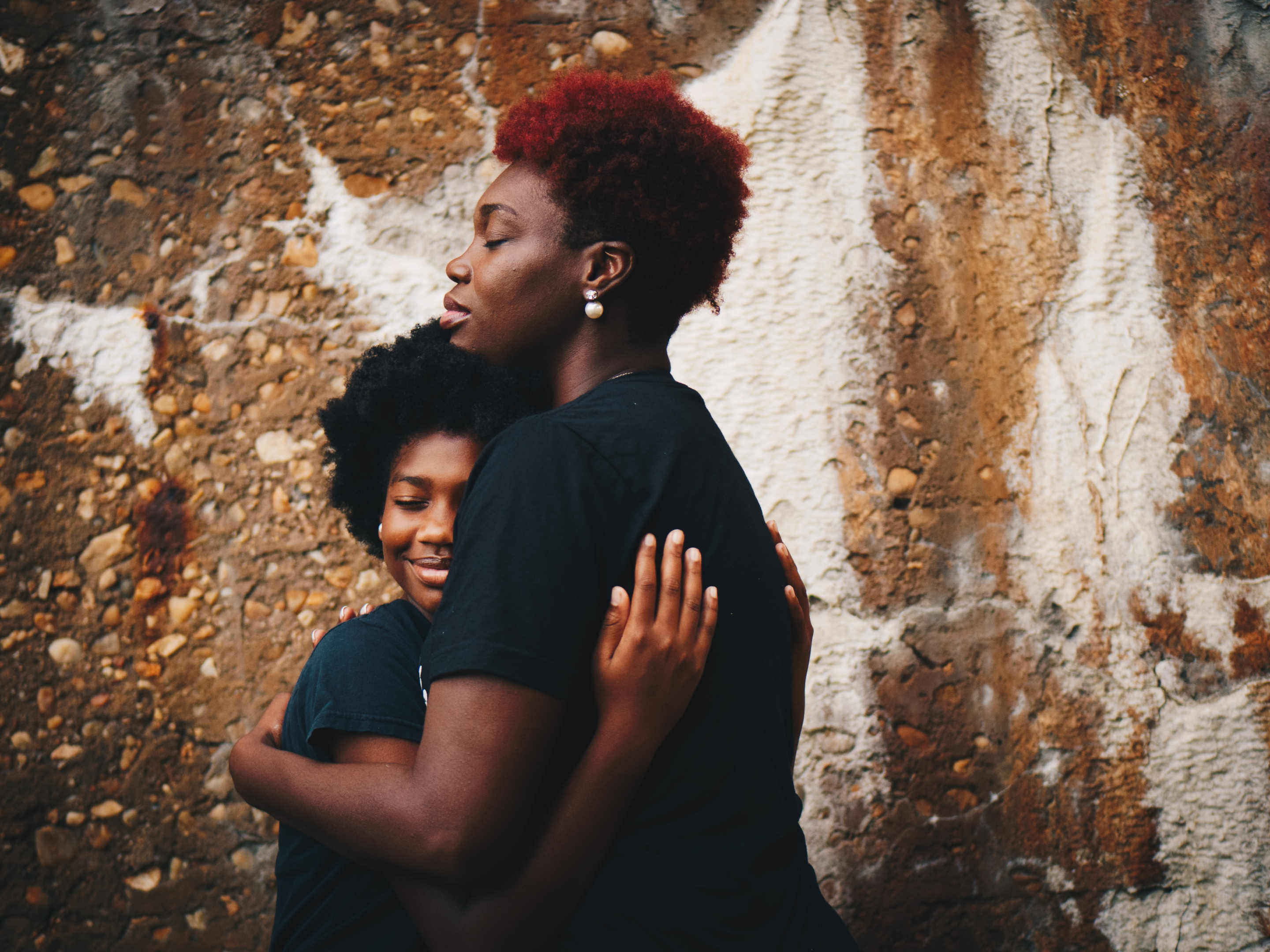
by Dr Emma Ross, Baz Moffat and Dr Bella Smith

Are most of the PE refusers in your classes female?
Do you know female students who seem to have lost their love for PE?
Have you ever wondered why or tried to engage them with little success?
I recently had the pleasure of delving into the pages of “The Female Body Bible” by Dr Emma Ross, Baz Moffat and Dr Bella Smith, which may offer the answers you need.
This book identifies and addresses the everyday struggles that might make adolescent girls feel self-conscious or lack the confidence they once had to engage in physical activity.
A lack of understanding of the female body has caused significant issues for female health and fitness. “The Female Body Bible” seeks to promote equity and social justice by recognising the impact of a traditionally male lens of the female experience. It aims to fill the resulting gaps in understanding and address reasons that hinder participation or performance so that girls stay active. Written in accessible language, it seeks to break all the long-held taboos that bring with them a sense of shame or embarrassment. Instead, the book tackles these head-on, promoting body positivity and encouraging girls, and anyone supporting them, to embrace their uniqueness.
Body image concerns

Teenage girls are profoundly affected by body image disturbances as they navigate the tumultuous journey of self-identity during a critical period of physical and emotional development. The omnipresence of idealised beauty standards in media, social media, and popular culture exerts immense pressure on young girls to conform to unrealistic, often photoshopped and airbrushed portrayals of perfection. This constant bombardment can lead to a myriad of negative outcomes, such as low self-esteem, poor body confidence, and a heightened risk of developing eating disorders, including anorexia and bulimia. Moreover, the obsession with appearance can erode their sense of self-worth, perpetuating the belief that one’s value is intrinsically tied to their physical attributes. To combat these detrimental effects, it is crucial to foster open conversations and promote body literacy to encourage self-acceptance and self-love among teenage girls, helping them develop a healthier relationship with their bodies and a stronger sense of self so that they can value physical activity for life.
Menstruation
Periods can significantly impact teenage girls, both physically and emotionally, which, in turn, may deter them from participating in physical activities. The monthly menstrual cycle is often accompanied by symptoms like abdominal cramps, bloating, fatigue, and mood swings. These physical discomforts can make it challenging for girls to engage in sports or exercise, as they may not feel their best. Furthermore, menstruation can also cause embarrassment or self-consciousness, leading some girls to avoid physical activities during this time due to concerns about leakage or discomfort. The stigma surrounding periods can add to this reluctance, as some girls may be hesitant to discuss their needs or seek appropriate accommodations. Promoting open conversations and providing supportive environments can help alleviate these barriers, encouraging teenage girls to stay active and healthy throughout their menstrual cycle.

How does this book help?
What truly sets “The Female Body Bible” apart is its focus on the mind-body connection. It acknowledges that women’s health is not just about the physical, but also the emotional and psychological. Delivered in a compassionate and engaging manner, it navigates and demystifies the intricate landscape of the female body and mind. This is a book for life. From puberty, periods and bras; to pregnancy, pelvic floors and menopause, this book touches on it all, while offering actionable steps to better nutrition, exercise, and mental wellness. It is a comprehensive guide to embracing and understanding the female body in all its complexity so that readers can take control of their health and well-being.
Why should Physical Education (PE) teachers read it?
Physical Education teachers need to know about the female body for a number of reasons. It is important to understand the unique physiological and anatomical differences between male and female bodies so that they can modify activities, promote positive body image, advise female students on managing their menstrual cycle during physical activity, and ultimately help their female students develop a lifelong love of physical activity.

If you are a PE teacher, this book will help you to:
Meet female students’ needs
This book covers topics related to reproductive health, hormonal fluctuations, and physical well-being. PE teachers will gain a deeper understanding of the physiological differences between male and female students so that they can address female students’ specific needs.
Celebrate inclusivity and diversity
As well as exploring physiological differences between the sexes, this book highlights the diversity among women and acknowledges that every female student is unique. PE teachers can use this knowledge to create a more inclusive and personalised approach to physical education, recognising and accommodating the individual needs and abilities of their students.
Plan tailored lessons
The book offers practical advice on exercise, nutrition, and overall wellness tailored to women’s unique requirements. PE teachers can use this guidance to design lessons that promote healthy habits and address female-specific concerns, such as menstrual cycle variations and bone health.
Promote body positivity
This book emphasises the importance of body positivity and self-acceptance. PE teachers can design body image interventions that positively influence students’ body image. They can introduce activities that highlight that all body types can excel. Interventions might also promote body-positive language, introduce positive role models who defy conventional standards, and incorporate activities that promote body image development, such as yoga or mindfulness exercises, which can help students connect with and appreciate their bodies. Ultimately, PE teachers can create a supportive and inclusive environment that fosters self-confidence and where body concerns can be discussed in a safe space.
Address menstrual health
The book delves into the topic of menstruation and its impact on exercise and well-being. PE teachers can learn how to create a more empathetic and accommodating environment for female students during their menstrual cycles, offering alternative exercises or adjustments to help them remain active and comfortable.
Dispel myths and misconceptions
The Female Body Bible debunks common myths and misconceptions about the female body, which can be especially beneficial for PE teachers who may encounter outdated or inaccurate information. Being well-informed can help PE teachers provide accurate guidance and support for their students.
Empower and educate
PE teachers can play a crucial role in educating female students about their physical health and fitness, empowering them to make informed choices and take charge of their well-being.

A note of caution
It may be tempting to group lessons by gender to address female concerns conveniently and in a way that doesn’t cause embarrassment in front of their male peers. However, lesson grouping by gender has received much criticism, with The Department for Education in England’s ‘Gender Separation in Mixed-Schools, Non-Statutory Guidance’ stating that ‘In a mixed school, any separation of pupils of either sex that denies them the choice or opportunity to interact socially, or to interact in an educational setting, with pupils of the other sex is likely to involve subjecting the pupils to a detriment’ (page 4).
For further information on class grouping in PE, read here
Who else should read it?
Well HQ, the publisher of “The Female Body Bible”, champions a better understanding of female health and wellbeing at every life-stage. They promote this book to women who want to harness their hormones, fuel their bodies, exceed their personal best, exercise safely and communicate more confidently about their bodies. Written by a sports scientist, a coach and NHS doctor, I would also argue that the authors’ range of expertise makes this book equally suitable for medical professionals, sports coaches, athletes, parents, husbands and anyone who seeks a better understanding of the female experience.

Testimonials
(From Well HQ)
“This book is wonderfully empowering, it has given me huge insight into how my body works and how I can help myself be stronger, fitter and healthier. My only wish is I could have had it as a teenager when I sadly gave up competitive swimming because I didn’t like the way it made me look, and had no clue how immensely important it was to me both physically and mentally. I can’t wait to give it to my daughters, so they don’t make the same mistake.”
Louise Minchin – journalist and author of Dare to Tri
“Baz, Bella, and Emma are pioneering a much-needed revolution for women’s bodies in sport. They’re also my go-to experts and with The Female Body Bible, they can be yours too.”
Maisie Hill – writer and menstrual health expert
In summary
“The Female Body Bible” is a valuable resource that can equip PE teachers with the knowledge and insights they need to create a more supportive and effective learning environment for their female students. It can develop PE teachers’ understanding of the unique aspects of female physiology that might lead to physical inactivity. Armed with better understanding, PE teachers can foster a culture of body positivity and help empower their students to lead healthier, more confident lives.
Take-away tips
Adapt activities to accommodate students with different menstrual phases. For example, a PE teacher might offer a lower-intensity option for students who are experiencing cramps or fatigue.
Provide students with information about puberty and the changes that their bodies will go through. This can help students to feel more prepared and confident as they develop.
Teach students about the importance of good nutrition and hydration.
Encourage students to develop a positive body image and self-esteem.
Promote a safe and inclusive environment where all students feel comfortable participating in physical activity.
To find out more
Go to Well HQ’s website to order the book or take a look at their courses on the Female Body
Listen to the PE Insights podcast with Louise Hacking in which she discusses how periods and sports bras can be barriers to physical activity participation for girls.
PE Scholar offers a range of courses for PE teachers including ‘Belonging in PE: Embracing Gender Diversity’
You may also enjoy the following blogs on Exploring Class Grouping, the This Girl Can campaign, Engaging Disengaged (female) Students, and engaging pupil voice to better understand PE Refusal.
Here is a list of other book reviews you might want to check out:
Reviews by topic
Health and wellbeing
Happiness Factories: A success-driven approach to holistic Physical Education (podcast)
Time to RISE Up: Supporting Students’ Mental Health in Schools
Physical Education Pedagogies for Health
Inclusion and social justice
Inclusive PE for SEND Children and podcast
Teaching Disabled Children in Physical Education
Pedagogies of Social Justice in Physical Education and Youth Sport
Pedagogy
Applying Models-based Practice in Physical Education
Perspectives on Game-Based Coaching
The Future of Teaching and the Myths That Hold it Back
Meaningful PE – an approach for teaching and learning
Threshold Concepts in Physical Education
The Spectrum of Teaching Styles in Physical Education and podcast
Reading lists
Also, don’t forget to take a look at these books published by Scholarly – indispensable additions to every PE teacher’s bookshelf.


Responses